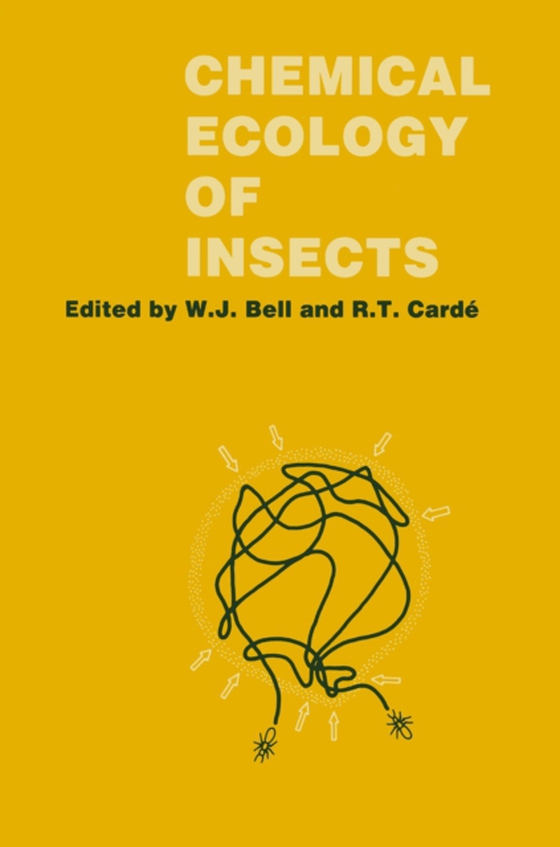
Chemical Ecology of Insects e-bog
436,85 DKK
(inkl. moms 546,06 DKK)
Our objective in compiling a series of chapters on the chemical ecology of insects has been to delineate the major concepts of this discipline. The fine line between presenting a few topics in great detail or many topics in veneer has been carefully drawn, such that the book contains sufficient diversity to cover the field and a few topics in some depth. After the reader has penetrated the crus...
E-bog
436,85 DKK
Forlag
Springer
Udgivet
27 november 2013
Genrer
Ecological science, the Biosphere
Sprog
English
Format
pdf
Beskyttelse
LCP
ISBN
9781489933683
Our objective in compiling a series of chapters on the chemical ecology of insects has been to delineate the major concepts of this discipline. The fine line between presenting a few topics in great detail or many topics in veneer has been carefully drawn, such that the book contains sufficient diversity to cover the field and a few topics in some depth. After the reader has penetrated the crust of what has been learned about chemical ecology of insects, the deficiencies in our understanding of this field should become evident. These deficiencies, to which no chapter topic is immune, indicate the youthful state of chemical ecology and the need for further investigations, especially those with potential for integrating elements that are presently isolated from each other. At the outset of this volume it becomes evident that, although we are beginning to decipher how receptor cells work, virtually nothing is known of how sensory information is coded to become relevant to the insect and to control the behavior of the insect. This problem is exacerbated by the state of our knowledge of how chemicals are distributed in nature, especially in complex habitats. And finally, we have been unable to understand the significance of orientation pathways of insects, in part because of the two previous problems: orientation seems to depend on patterns of distri- bution of chemicals, the coding of these patterns by the central nervous system, and the generation of motor output based on the resulting motor commands.
 Dansk
Dansk

